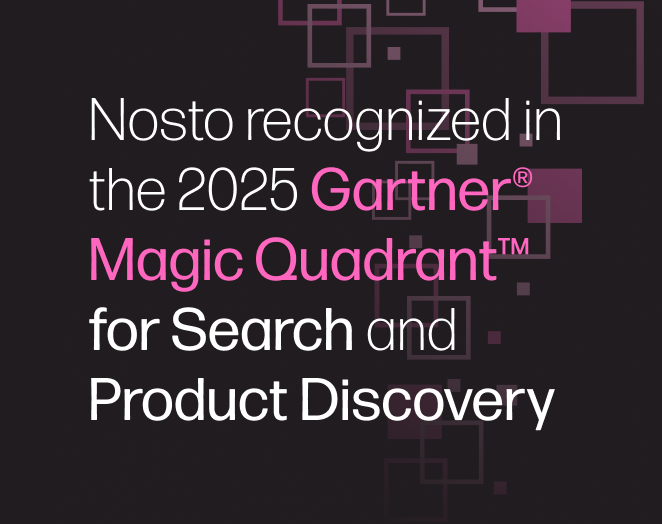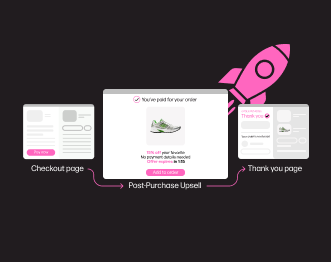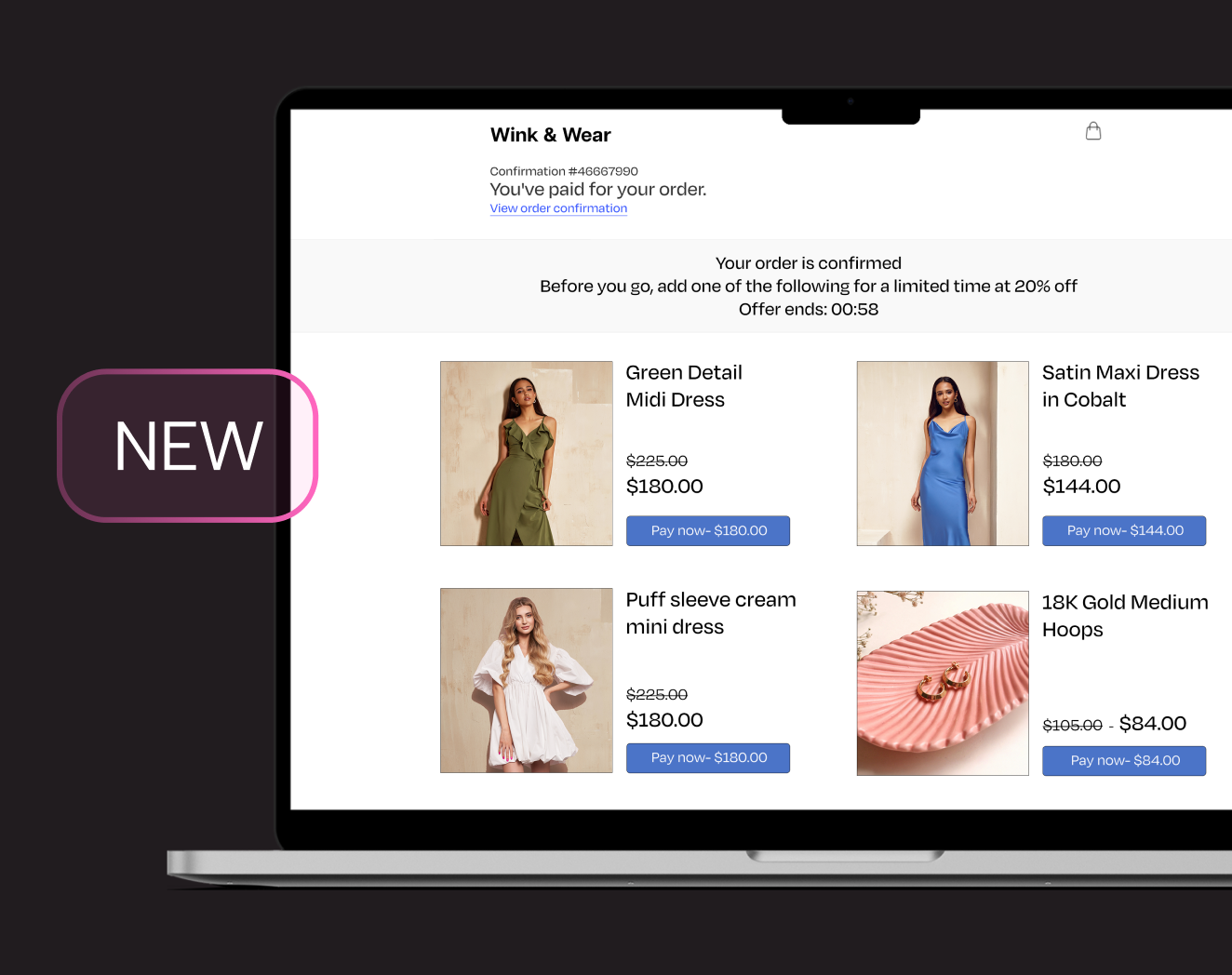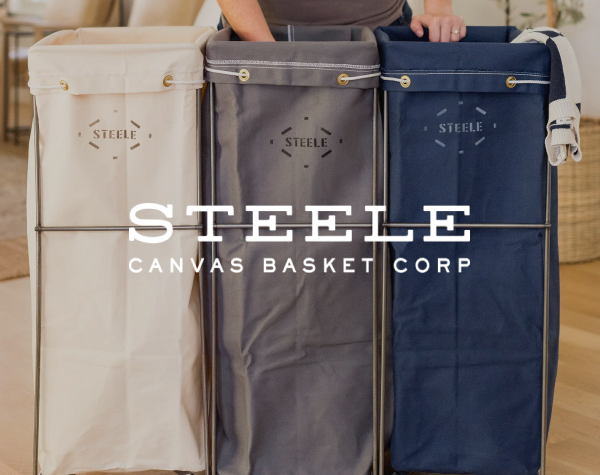Stackla Product Year in Review 2020
Having shaken the dust off 2020, here is a summary of how the Stackla platform evolved throughout the year. These developments saw some existing products be levelled-up, as well as some shiny, new ones be welcomed. Here is the full lineup.
Improvements to existing functionality
Extended Plugins
Our extensive Plugins Directory has long been a useful place for brands to discover plugins that seamlessly connect their Stackla instances to the rest of their technology stacks. They save people time and developer resources while enabling people to optimize their daily workflows and get the most value out of their UGC assets.
In 2020, we expanded our plugin directory to feature guides on integrating the following:
- Hootsuite Assets
- Chrome Browser Extension
- WordPress (Simple Embed)
Profile Page & Social Token Page overhauls
We also made improvements to User Profile and Social Token Pages. On the back of customer feedback, we updated the User Profile page to more effectively allow customers to:
- Control their avatar (including allowing users to upload a new avatar)
- Manage passwords and two-factor authentication (2FA)
- Control/see which User Access Control (UAC) Groups they are in
- View the Social Tokens associated with their Stack
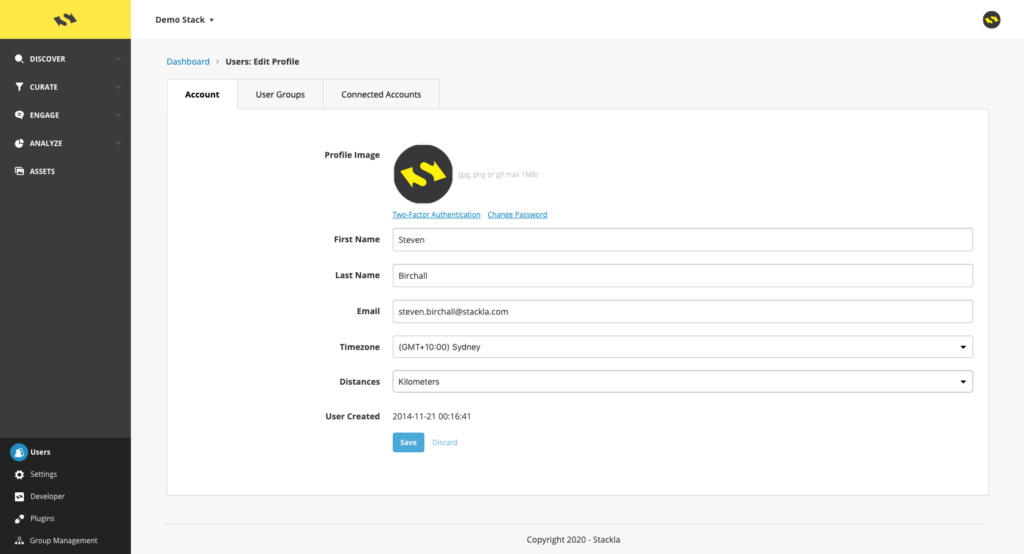
As for the Social Token Management page, we brought this out from the general page and made it accessible from the Settings menu, while driving the following improvements:
- Ability to connect or disconnect a Token for Terms, Rights and Ads, all in one page and through one process
- Additional prompts to showcase what Terms a Token is associated with and their respective dependencies
- Improved messaging relating to errors or the impact of removing select Tokens
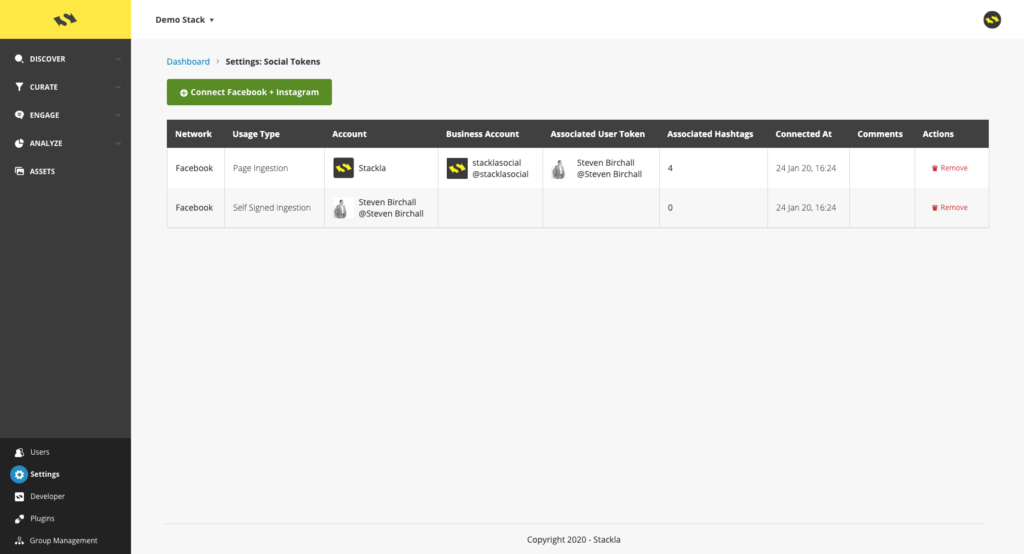
Better Automation Rules
In 2020, we extended our Automation Rules API to allow customers to define Automation Rules for assets. This meant customers could determine which Collection(s) assets should flow to as they appeared within the asset manager, and also let them apply tags, workflow statuses, expiry dates, and change the rights’ statuses.
For example, customers can define rules like: for all assets which contain the location of New York, add to the ‘New York’ Collection and add a workflow status of ‘Pending’.
We also made it possible for these Automation Rules to be applied to retrospective content and assets via API endpoints. So, not only can the rules be applied to new content, but clients’ old content won’t miss out!
For more information, shoot to the Stackla Developer Portal.
Advanced Visual Recognition access
Our Visual Recognition model is a market leader. It’s capable of identifying over 11,000 concepts in images, is extendable to video content, and has nine specialist models, including NSFW (not safe for work), travel, apparel, logos and food.
In 2020, we made it available to all Stackla customers.
Alternative Workflows for Rights via Registration
The year of 2020 also saw us support two additional workflows for Instagram content through our Rights via Registration product, to help cater to different customer use-cases.
The first enables brands to allow Instagram Creator Accounts to pick and choose any image or video posts from their account to rights approve, allowing brands to collect multiple assets from a single Creator.
The second allows for brands to be prescriptive around exactly which post they want reviewed by the Instagram Creator, with only those posts marked as ‘Rights Approve’ being presented to the Creator.
More from Organic Influencers
At the end of 2019, we launched a next-generation influencer marketing tool, called Organic Influencers. Since the turn of the year, our team has been working hard to take the functionality and flexibility of this tool ever further:
New registration methods
No more requiring Instagram accounts just to register or sign in to a brand’s Organic Influencers’ creator portal! In 2020, we updated the registration/login method so people simply need an email address to create a password and sign up—broadening the pool of potential influencers and advocates.
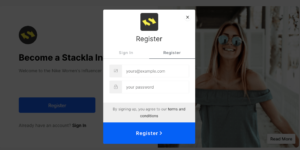
This included added email validation and password management to Organic Influencers’ overall User Management capabilities.
Oh, and those already registered to your community can use the email address associated with their Instagram account to sign in, should they wish.
Added creative brief customizations
If you were hoping for a bit more flexibility with the structure of your creative briefs, you’re in luck. In 2020, we made it possible for brands to customize the sub-headers within each creative brief to better align them with the brand’s voice and requirements.
You can find these customization fields under the ‘Additional Settings’ section at the bottom of the creative brief editor.
Welcome, Public briefs
Whilst we’re on creative briefs… these are one of the most valuable components of our Organic Influencer tool. They enable you to quickly and easily tell your community exactly what types of content you’d like them to create for any given campaign, product or service.
That’s why we enabled these to be shared publicly in 2020—to anyone in a brand’s community (as well as privately to select people by invite). Yay to more flexibility around how you engage with your group of advocates!
New asset types
When we first launched Organic Influencers, our creative briefs were built to solicit and capture customer and influencer image submissions. We’ve now expanded the types of assets brands can capture through creative briefs.
Content creators in your community can now submit audio and/or video content through these, along with written captions.
Support for multiple languages
Another improvement to Organic Influencers was around multilingual support, no longer limiting your private community to English. We gave brands the option to change the default language of their Organic Influencer community portal to either French, Japanese or Spanish.
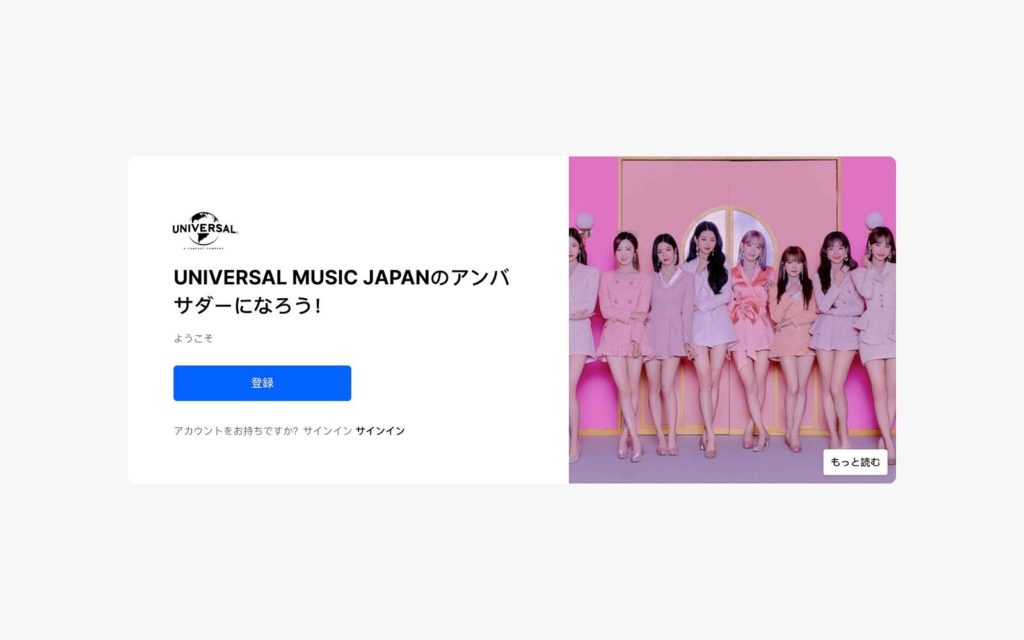
Browser Extension improvements
Now, to the Stackla Browser Extension. This guy’s been making it easier for brands to add and use UGC visuals to and from their Stackla Asset Managers for years.
In 2020, we released version 2.7 of our Chromium Browser Extension (for Chrome, Edge, Opera) with added functionality. With our Browser Extension 2.7, you can:
- Add UGC posts from Facebook, TikTok, YouTube and Twitter directly to your Stackla stack.
- Rights manage UGC posts on Instagram, YouTube and Twitter directly from your browser.
- Drag and drop or download assets from our Stackla Asset Manager.
Access Control List simplification
Another simplification we made was to Access Control Lists (ACLs). We improved how you create custom user groups in Stackla, ensuring ACLs in the platform make it easier to set both coarse and fine grain settings.
Single Sign-On improvements
To cater for our enterprise clients, our Single Sign-On (SSO) is another aspect to have seen improvements during 2020, including:
- Ability to support SP-initiated Sig
- SP x509 Certificate support
New tools and features
WebDAM plugin
Now to the all-new stuff. First up: WebDAM. Believe it or not, we added over 40 new plugins to Stackla’s Plugin Directory this year—and WebDAM is the latest.
This cloud-based digital asset management (DAM) solution helps businesses streamline workflows by consolidating visual content on a central platform. They also happen to be owned by our partners at Bynder, so props to them!
With the WebDAM plugin, you can send all your best UGC assets from Stackla to any WebDAM, along with each asset’s metadata including EXIF data. Both automated and manual asset sends are supported.
New ad plugins
Adtech is an important component of every brand’s marketing mix, so in the Ads section of our Plugin Directory, you’ll find the top advertising and retargeting technologies—think Facebook Ads, Adroll, Brand Network and Sizmek by Amazon.
In 2020, we asked you what other top ad applications you’d like to see in there. We listened, making the following Ad Plugins available:
- Adobe Advertising Cloud
- Google Ads
- Microsoft Ads
- Verizon Media Advertising
More Premium Plugins
Since Stackla is an API-first platform, we’re also able to provide brands with additional integrations beyond our standard and extended plugins. In 2020, we began allowing customers to request the following Premium Plugin integrations, for our solutions team to then install them on their behalf (for a nominal fee):
- Advertising – Adroll Audiences, FB Custom Audiences, Google Ads Customer Lists, Instagram Custom Audiences, LinkedIn Matches Audiences, Celtra
- Analytics – HEAP Analytics, ContentSquare
- Asset Management – Adobe Creative Cloud, Widen Collective
- CRM – Salesforce, Microsoft Dynamics CRM
- Email / SMS – Twilio, Campaign Monitor, Pardot, Marketo
- Social – Discord, Facebook Messenger, SalesForce Chatter, Reddit, Strava, Microsoft Teams, WeChat, Yammer
- Storage – Amazon S3, Box, Dropbox, Google Drive, Microsoft OneDrive
- Other – Google Sheets, Microsoft Flow, IFTTT
New Public and Custom Visual Recognition Models
When it comes to the content marketing space, we pride ourselves on being leaders in using artificial intelligence (AI) to help enterprise brands leverage UGC. One of the key pillars of our AI offering has been visual recognition, which automatically identifies key visual concepts in UGC images and videos.
In 2020, we took visual recognition to another level. We rolled out a series of improvements that saw us become the only vendor in the space to offer genre, situational and social-specific visual recognition models to customers. We made the following new models available to all:
Demographics – Predicts the age, gender and cultural appearance of individuals who are in a photo or video.

Textures & Patterns – Identifies key textures, patterns or other design elements that may exist within a photo or video.

Social Popular Shots – Classifies popular social post types such as Selfies, Landscape, Pet Shots, Unboxings and more.
Makeup Looks – Identifies different makeup styles and techniques that have been used within a social post.
Interior Styles – Classifies interior decor styles (e.g. Modern, Contemporary, Minimalist) identified within a social post.
Room Model – Identifies interior rooms within houses and buildings (e.g. Library, Foyer) within a social post.

Ambiance – Predicts the mood, character or atmosphere (e.g. relaxed setting) of a particular social post.
Dog Breeds – Identifies different breeds of dogs and other attributes relating to dogs (e.g. Puppy) within a social post.
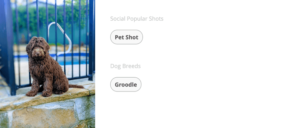
Oh, and if these 8 new model types aren’t enough, Stackla also supports custom models—solving any gaps in our visual recognition offering to meet bespoke client needs. Some examples might be:
- Identifying key landmarks (e.g. Golden Gate Bridge)
- Identifying logos (e.g. Nike, Adidas)
- Identifying products (e.g. particular shoes or items of clothing)
- Identifying specific people (e.g. Brand Ambassadors)
Custom Models can be created three different ways:
- By our visual recognition technology partner, Clarifai, on behalf of a customer
- By a customer using Clarifai’s Custom Model Builder
- By Stackla via Professional Services
P.s. a stack can have more than one Custom Model running at a given time, and all Custom Model concepts can be used with Stackla features, such as Co-Pilot, Automation Rules and Filters.
New Google Analytics Event Tracking
Also during 2020, we made Stackla’s Google Analytics (GA) Plugin provide clients with a more in-depth view of how their end-users are interacting with Stackla widgets and how they progress through a client’s website.
The four new events we made trackable, were:
- Impressions
- Likes
- Dislikes
- Votes
The inclusion of Impressions—also available on Stackla’s popular Single Tile Embed feature—allows clients to see within their analytics tool when an end-user has seen a particular UGC Tile on a widget on the website, then track whether they proceed to interact with it. Smart, huh?
It gets better.
We also made sure email Tiles were no exception, bringing out a GA Event Tracking for Tile Embeds within Stackla email campaigns. This tracks impressions relating to each of the Embeds within a created campaign in customers’ GA account.
Now, you can answer all these and more:
- How many people are seeing the UGC Tiles in my Stackla email campaigns?
- When are they looking at them?
- Are they looking at them multiple times?
- Are the people who see them then progressing onto our site?
![]()
To enable this, you simply need to:
- Install our Google Analytics plugin
- Select ‘Track Embed Impressions’ when generating the HTML for the Tile Embed
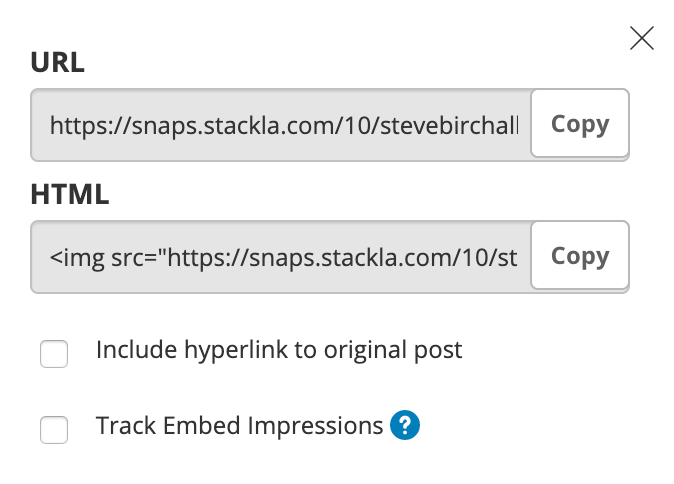
You can even extend this tracking to click-throughs, or profile users along the way. Our developer support page explains how the email Tile Embed tracking works as well as how it can be customized or extended.
New external asset sharing capabilities
Ever needed to share a piece (or a collection) of visual UGC in Stackla with an agency, partner or contractor who doesn’t have a Stackla account? This one’s for you.
In 2020, we released an external asset sharing feature that makes it easier than ever. No more needing to individually download each piece of UGC, then upload them separately to a shared drive, email, Slack channel, etc! Instead, you can simply create a public sharing URL for any Collection in your Stackla Asset Manager—at the click of a button.
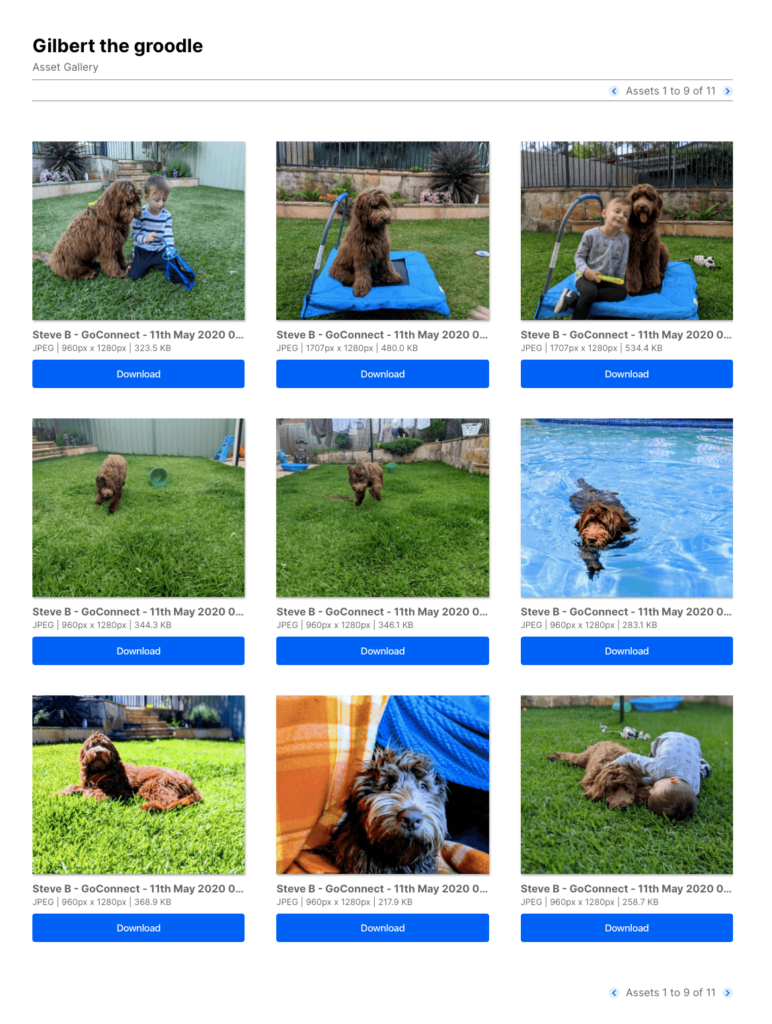
Each Collection will have a unique, mobile-friendly URL that contains all the respective visual asset files, along with relevant metadata such as file name, tags, dimensions and file size.
External share links will support all file types within your Stackla Asset Manager—image, video, audio and PDF. The URL will automatically update in real-time as assets are added or removed from the Collection within Stackla.
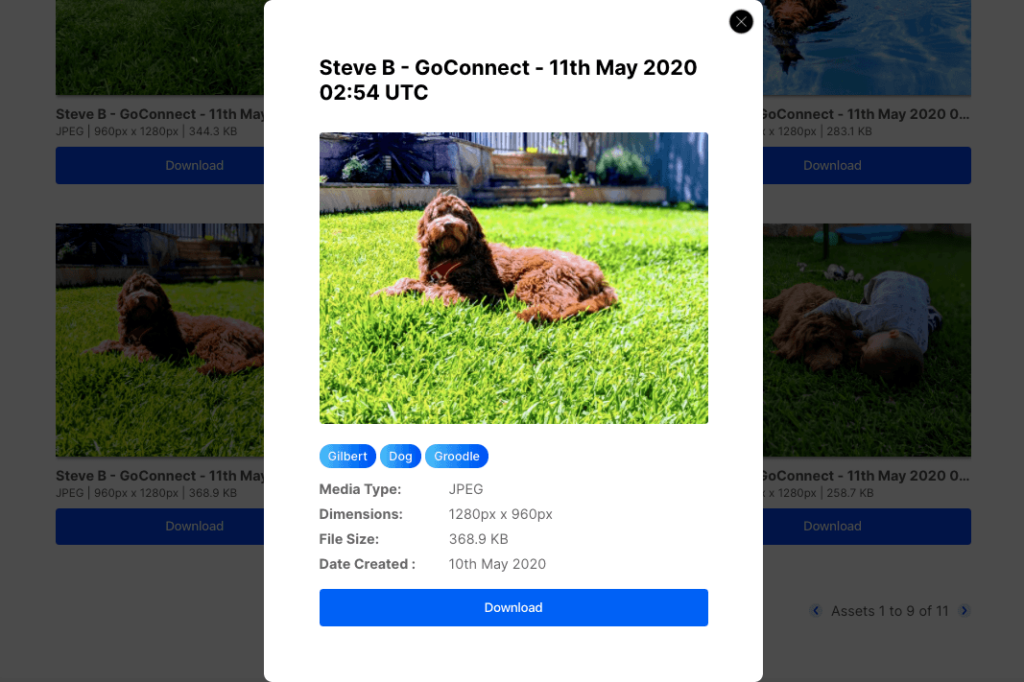
Creating a public sharing URL can be done within your existing Collection permissions settings. To make a Collection private once a public sharing URL has been created, all you need to do is update the permissions on that specific Collection.
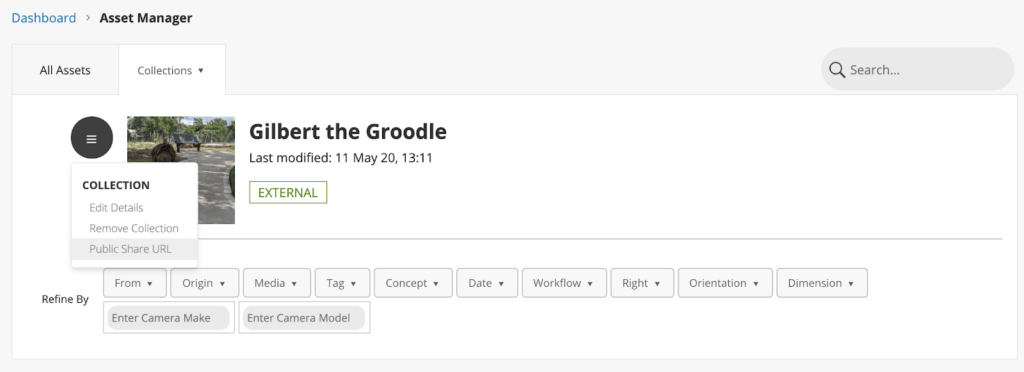
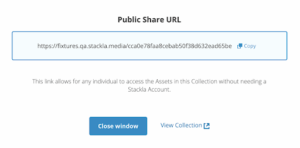
TikTok videos now supported
It’s no secret that TikTok has been on a meteoric rise—particularly over the last year. And so, in 2020, we helped our customers benefit from all the precious UGC this platform brings.
We introduced two ways to support TikTok Content Curation:
TikTok content curation through Create Tile
We expanded our Create Tile functionality to support the upload of individual videos from TikTok. TikTok videos curated via Create Tile will now bring in the video—along with its likes, comments and other relevant information.
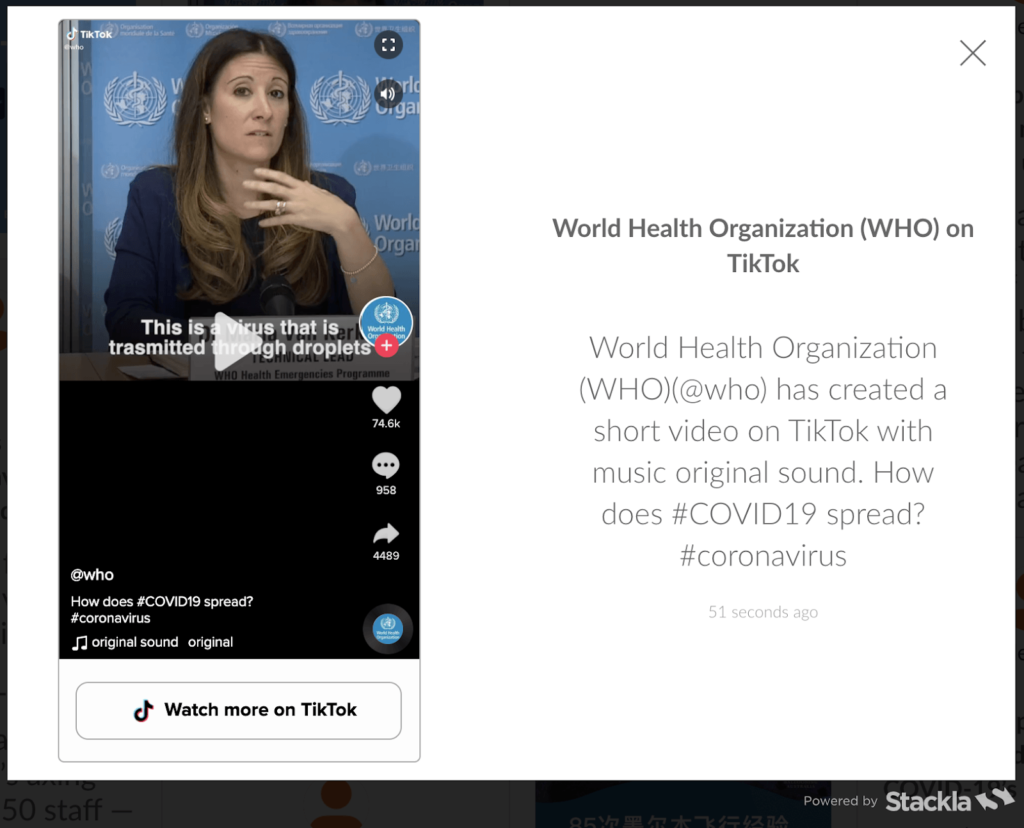
TikTok content curation through browser extension
We also made sure Stackla’s Browser Extension would support adding TikTok videos, too. Simply find the video you want from TikTok’s website and quickly add it to your stack—in the same way that you would for Facebook, Twitter and YouTube videos. Simples!
P.s. the Browser Extension works on all Google Chrome, Microsoft Edge and Opera browsers.
Yelp reviews now supported
More valuable UGC we began supporting in 2020 was Yelp reviews, which are crucial to many of the service-focused companies we work with, including restaurants, hotels, gyms, and more.
Yelp reviews curated via Create Tile will bring in the post’s rating, initial summary and other relevant information relating to the property.
Other improvements to our Create Tile functionality during 2020 that we ought to mention, include added support for additional HTML elements, making it even easier to embed content from third-party sources.
Google Ads for UGC Widgets
Last, but not least, we have Google Ads—a key part of most B2C marketing strategies looking to drive discovery, (re)engagement and sales.
A final way in which the Stackla platform evolved during 2020 was by giving customers a new way to monetize their UGC galleries, enabling them to dynamically feature Google Display Ads within their Stackla widgets.
Installing the Google Ads for Widgets plugin will allow you to render a Google Ad Unit within any Stackla widget, whenever a user clicks to expand a predefined number of UGC tiles (which includes clicking to expand the tile or navigating expanded tiles by clicking left or right).
With this plugin, you can define:
- What size Ad Unit displays
- What ‘Topic’ the Ad relates to
- When it appears (i.e. After every expanded tile, after X number of clicks)
The Google Ads will appear for a load time of 5 seconds before the end-user can close and continue navigating. Ads are defined by the tags associated with the UGC tile loading, allowing you to show different ads based upon what the end-user is interested in.
What’s more, is the plugin can be customized on a per widget basis, meaning you can show different ad types, sizes and so on, per execution.
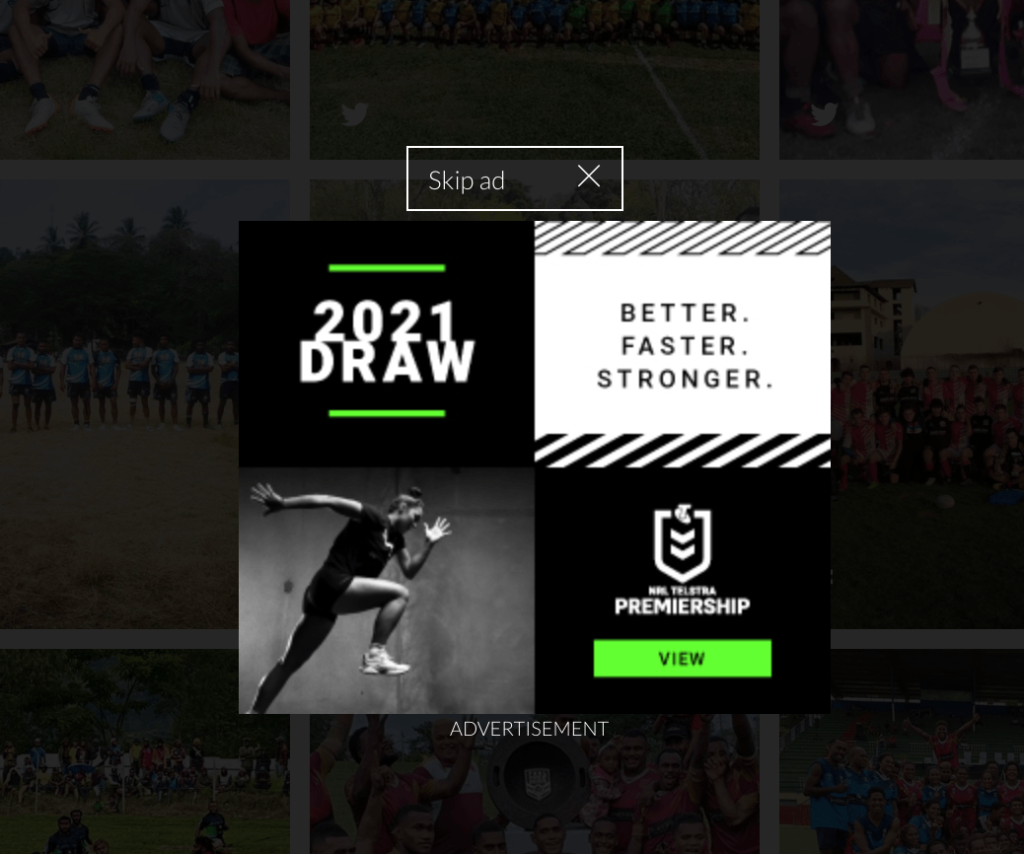
If you want to start featuring Google Ads in your Stackla UGC widgets, get following the instructions in this support article.
So there we have it. We hope you found these updates useful. Now, we’ll look forward to seeing what 2021 brings. Over and out!

